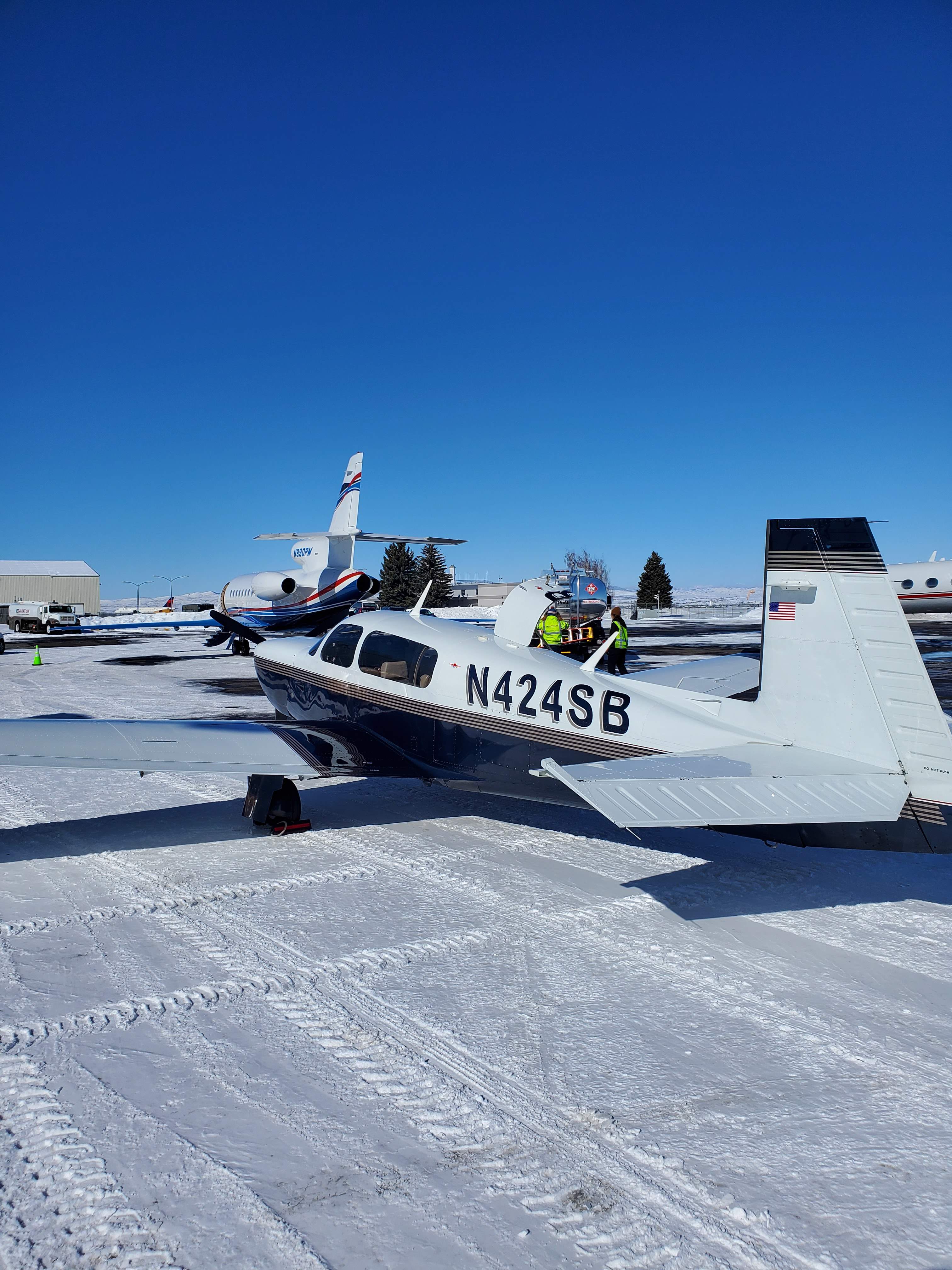Bravo Owners,
I have 2000 with a 650h factory reman engine, all numbers look good, feels good, runs well. I am 62 years old and probably do not need another airplane with more engines and more switches. A couple of weeks ago I thought about putting a cylinder on the shelf just in case I need one since they are readily available again. Then the G100UL came to my mind and I figured better see what happens. I remember the transition to unleaded premium car fuel in Europe around 88/89. Some engines needed valve seats, some did not, some engines had detonation problems, some did not. So I have a hunch the Bravo engine might need something. In Oshkosh I talked to Lycoming. The said they were working on "detonation mitigating measures" which sounded encouraging. Therefore:
1.) Anybody any idea how the Bravo engine might perform with 100UL, what are the chances of detonation at takeoff power, at cruise power 2300 rpm 30" 100df rich on 1st cyl to peak?
2.) What are the chances that the Bravo engine will need cylinders or valve seats, if cylinders what would they look like, what performance is to be expected?
3.) How much additive might the Bravo engine need in the G100UL in case things do not work out with the existing cylinders, to my best understanding TEL and scavenger come in at about 10 oz for a 100 gal tank 100LL, maybe use half of that in the G100UL to calm the Bravo engine down? How well does that stuff mix?
This may all be 3 years down the road but it is coming, so better prepare for it.
Fritz

